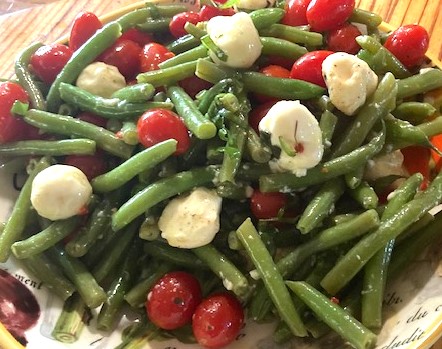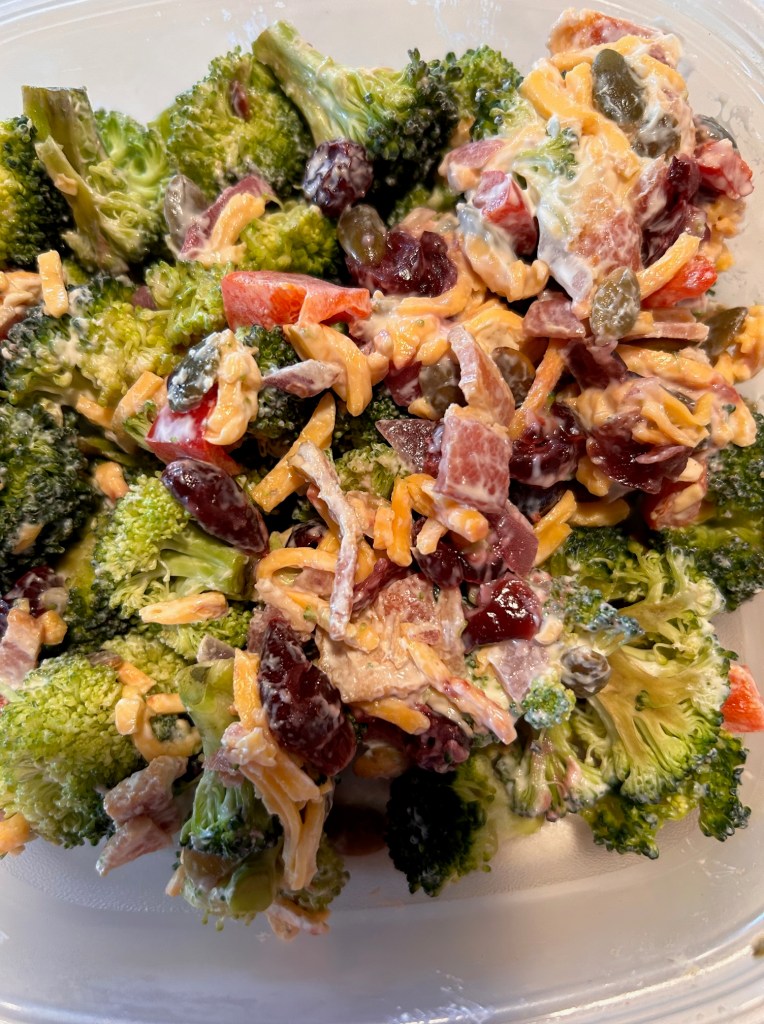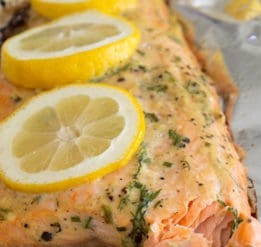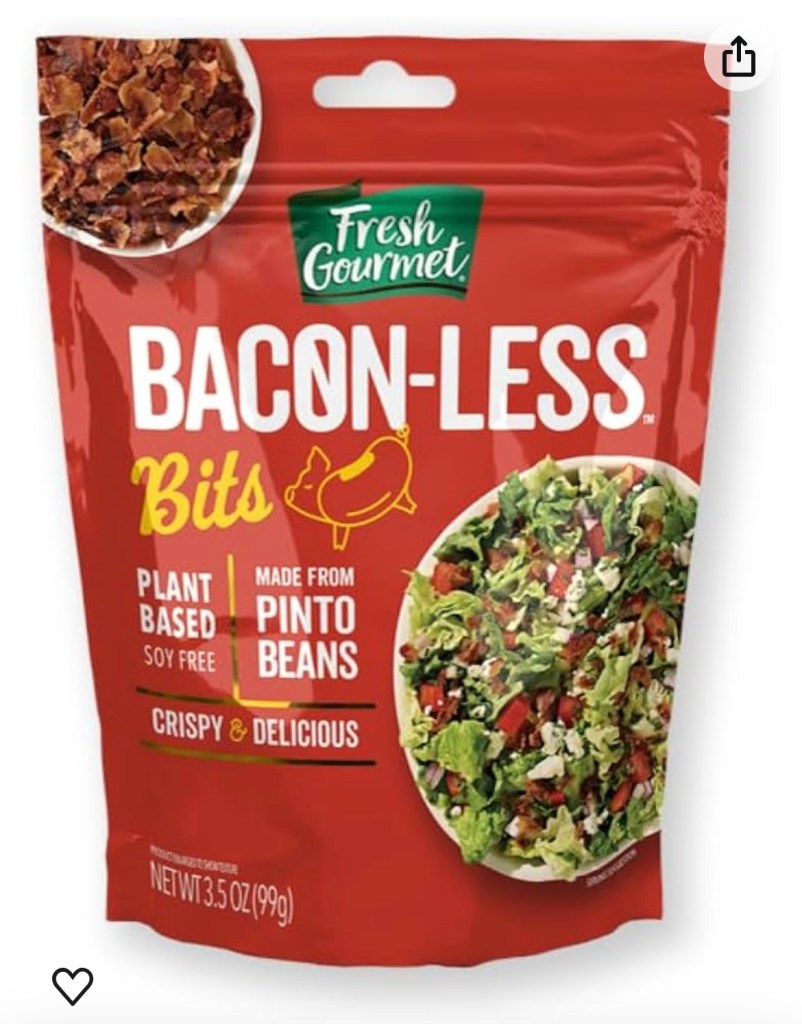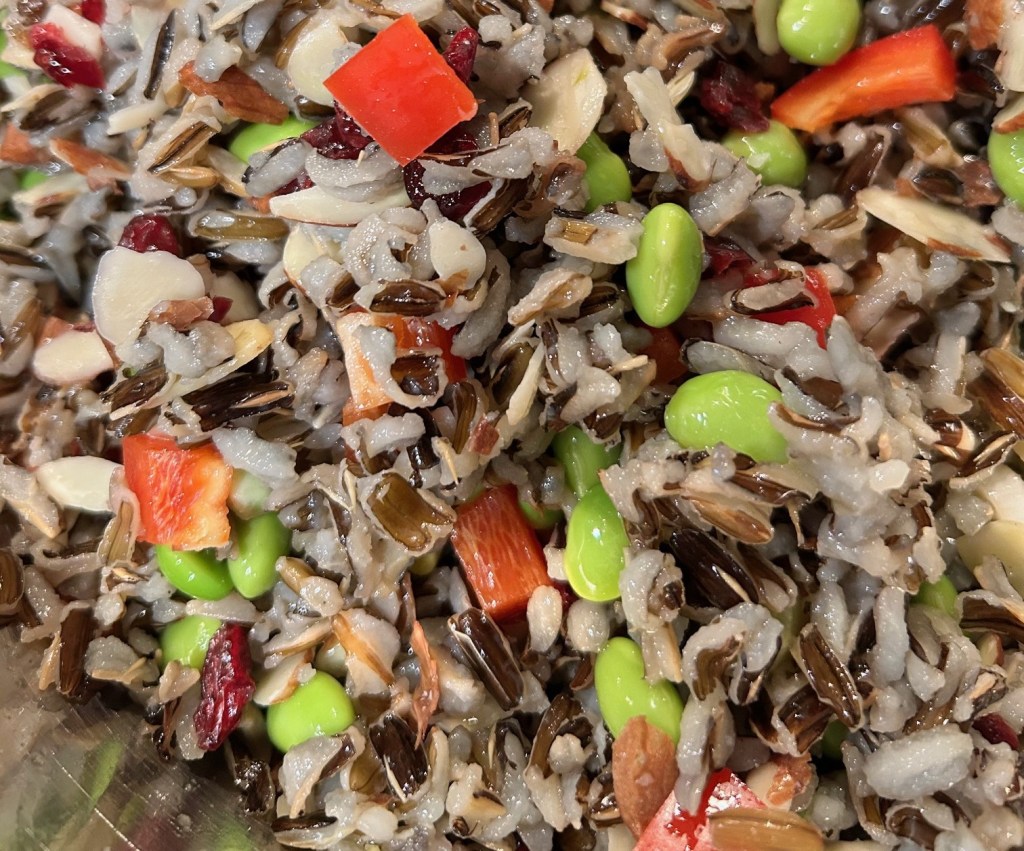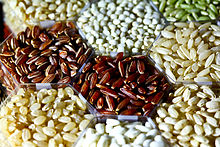Here in New England, the air is crisp, the smell of wood smoke is in the air and the trees are dressed in fall colors of burnished gold, bright orange and blazing red. When I think of cooking, I think of comfort foods – warm familiar flavors from childhood. (Mac and cheese is one of my favorite comfort foods and is served locally with lobster added to it.) My mother made another favorite – chicken and dumplings with chunks of chicken breast, carrots, celery and onions topped with fluffy dumplings that simmered in the broth. The dumplings were like matzo balls but were made with Bisquick and dropped on top of the soup. (Matzo balls are also a dumpling, but instead of a biscuit type of dough, they are made with matzo meal, a traditional unleavened ingredient, and are dropped into simmering liquid.)
Did you know that nearly every culture has some sort of dumpling? Asian cuisine includes gyoza and shumai. Italians make gnocchi and ravioli. Germans cut pieces of dough into boiling water to make spaetzles which expand in the water and then are sauteed in butter. Recently I made pierogis with a friend who was of Polish heritage. We formed circles of dough and filled them with different combinations of mashed potatoes, sauerkraut, chopped spinach, onions and cheese. Then we folded them over and sealed the half circles with our fingers before boiling them and sautéing them in butter. They were delicious!
Today, I want to share two recipes that you can prepare to fill your tummy and warm you up after spending the day outside hiking in the woods, picking apples or raking leaves. Enjoy!
One day when I did my culinary arts internship in Amalfi, Italy I was assigned to make the gnocchi for the restaurant. We served it with a simple tomato sauce, but it is also good sauteed in butter with sage.
Gnocchi
Ingredients
1 pound potatoes
¾ c. flour
1 egg
1 egg yolk
¼ cup grated parmigiano
2 cups Tomato sauce
Basil
Directions
Cook the potatoes with their skins on by placing them in a pot of water and bringing them to a boil. Remove from pot when they are soft, but not overcooked or the amount of flour required to make the gnocchi will need to be greater and will result in heavier gnocchi. Transfer to a bowl and use a potato masher. Cool to room temperature. Add egg, egg yolk and then flour, blending the ingredients with your hands. Work carefully and quickly as the more you handle the dough, the tougher it will be. You should now have a soft dough that holds together, doesn’t feel sticky and can be easily shaped. Divide dough into sections and roll each one out like a snake. Cut into i-inch pieces and roll on “gnocchi” board or against a fork to imprint design.
Cook in boiling salted water until they float. Remove with slotted spoon. To serve, add to heated tomato sauce to which Parmigiano has been added. Garnish with basil. As an alternative you can sauté gnocchi in butter with sage leaves. Garnish with Parmigiano.
German Spaetzles
Ingredients
2 cups of sifted flour
3 eggs
2 egg yolks
2/3 cup milk
1 ½ teaspoon salt
¼ teaspoon pepper
¼ teaspoon nutmeg
1 tablespoon fresh parsley, minced
¼ cup butter
Additional 2 tablespoons parsley
Directions
In a large mixing bowl, combine all ingredients except butter and mix until blended. Ake a large spoonful of the batter, and using another spoon, portion off small segments of the dough into a large pot of boiling, salted water. Simmer for about 5 minutes until they float to the top of the water. In a large skillet over medium low heat, melt butter and additional 2 tablespoons of parsley. Using a slotted spoon, remove the dumplings from the boiling water and transfer them to a skillet. Fry until golden brown. Serves 4.
NOTE: These can be combined with fresh, steamed green beans as a side dish or can be served alone or with gravy from Sauerbraten or roast beef.


